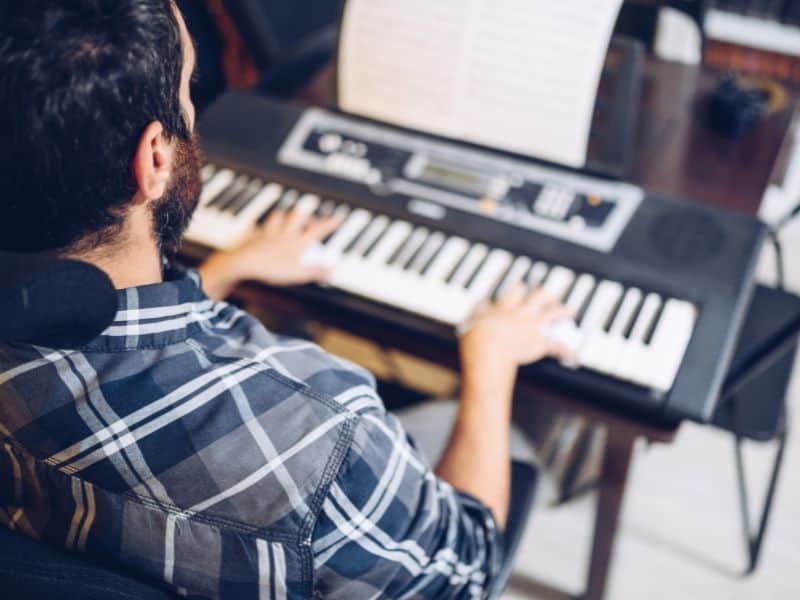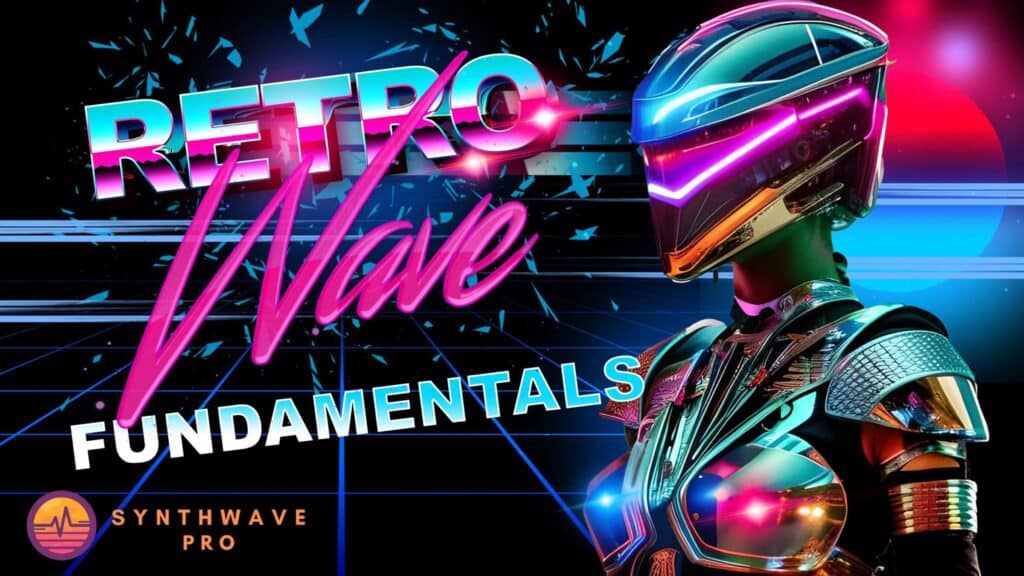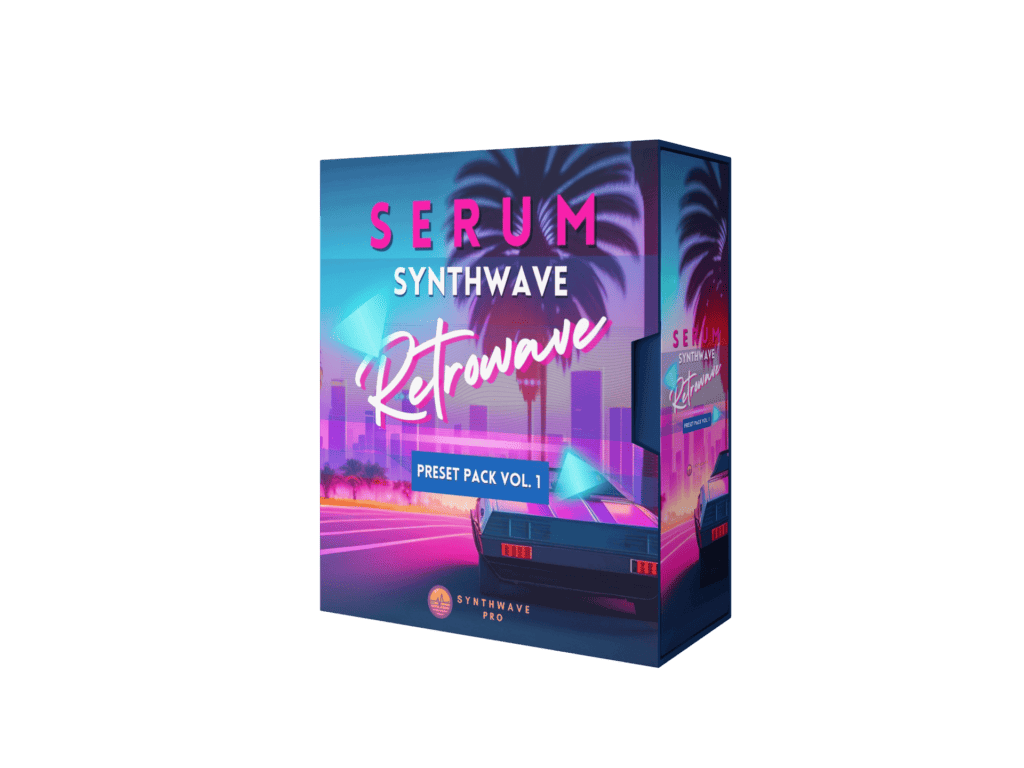In the realm of electronic music, few genres evoke as much nostalgia and excitement as synthwave. This retro-futuristic genre, known for its pulsating synth melodies and dreamy atmospheres, has captured the hearts of many music enthusiasts. If you’re an aspiring producer looking to embark on your synthwave journey, you’re in the right place. This beginner’s guide will walk you through the essentials of synthwave music production, from the necessary equipment and software to composition techniques that will help you create your own vintage-inspired soundscapes.
Equipment Essentials
- Computer: First and foremost, you’ll need a computer capable of handling digital audio workstations (DAWs) and software synthesizers. Both Mac and PC platforms work well for synthwave production.
- MIDI Controller: A MIDI keyboard/controller is essential for playing and recording melodies, chords, and basslines. It provides a tactile feel to your music-making process.
- Headphones and Studio Monitors: Quality headphones or studio monitors are crucial for accurate sound reproduction. They help you make precise mix and sound design decisions.
- Audio Interface: An audio interface connects your instruments and microphones to your computer. It’s vital for recording analog signals and achieving high-quality audio.
- External Synthesizers: While not mandatory, many synthwave producers enjoy the tactile experience of hardware synthesizers. Classic analog and digital synths can add an authentic touch to your sound.
Software Selection
- Digital Audio Workstation (DAW): Choose a DAW that suits your workflow and budget. Popular choices for synthwave production include Ableton Live, FL Studio, Logic Pro, and Reaper.
- Virtual Instruments: Invest in quality virtual instruments and synthesizer plugins. Synths like Serum, Massive, and Sylenth1 are commonly used for creating lush synthwave sounds.
- Drum Machines: Classic drum machines like the Roland TR-808 and TR-909 are iconic in the synthwave genre. You can use software emulations or hardware units.
- Effects Plugins: Reverb, delay, chorus, and distortion plugins are essential for sculpting the atmospheric and textured sound of synthwave.
Composition Techniques
- Melodic Synths: Synthwave is known for its catchy and nostalgic melodies. Experiment with arpeggios, sawtooth waves, and detuned synths to create captivating hooks.
- Chord Progressions: Develop lush chord progressions using major and minor chords. Experiment with seventh chords and inversions for a dreamy quality.
- Basslines: Craft powerful basslines using analog or virtual bass synthesizers. The bass often plays a central role in driving the groove of a synthwave track.
- Drum Patterns: Create dynamic drum patterns with a focus on the snare and hi-hats. Add gated reverb to the snare for that iconic 80s sound.
- Sound Design: Spend time experimenting with sound design to craft unique synth patches. Layer and modulate sounds to add depth and complexity.
Conclusion
As you embark on your synthwave production journey, remember that practice and experimentation are key. Synthwave is a genre that rewards creativity and innovation, so don’t be afraid to push boundaries and explore new sonic territories. With the right equipment, software, and a solid understanding of composition techniques, you’ll be well on your way to creating your own nostalgic synthwave masterpieces. So fire up your DAW, get your hands on some vintage synth sounds, and let the retro-futuristic adventure begin!
Recent Posts
Exploring the Analog vs. Digital Debate in Synthwave Music Production
In the realm of electronic music production, particularly within the vibrant genre of synthwave, the debate between analog synthesizers and digital VSTs (Virtual Studio Technology) has been an...
In the world of music composition, the choice of key can significantly influence the mood, emotion, and overall feel of a song. Each key has its own unique characteristics, from the bright and...



